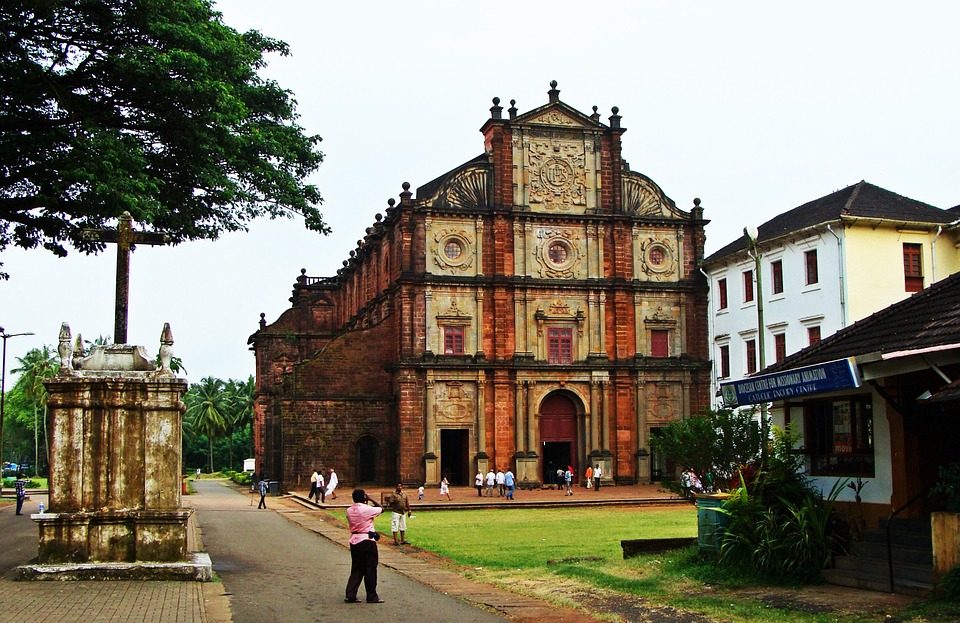It wouldn’t be wrong to say that old Goa today is a mere shadow of what it was in the past. Old Goa encompassed a vast area and had a population of 2, 00,000 (twice the size of today’s capital of Panjim). The city was also referred to as the ‘Rome of the Orient’. As if cursed since birth Old Goa suffered violent outbreak of deadly diseases like Cholera, Malaria, plague. Economic slowdown in trade activities also led to a decline in the general infrastructure. What was Old Goa like in its original splendor?
The city of old Goa was established by the Bijapur Sultanate in the 15th century as a port on the banks of river Mandovi. It had been used as a port during the rule of Kadamba and Vijayanagar Empire. It also happens to be the site from where Afonso de Albuquerque entered Goa after conquering it on 17th February 1510. It was the first time since Alexander left in 326 BC that Indian Territory was brought under European control.
The city was soon lost to the Bijapur Sultanate on 30th May 1510, making Albuquerque retreat to the sea. But due to arrival of monsoon Albuquerque could not move his ships and had to spend the whole season anchored outside the city just enough distance away from the Adil Shah’s guns (Cannon).
In August 1510 Albuquerque was finally able to move out of Goan waters only to return after three months with a stronger fleet. He conquered the city back by defeating the Bijapur Sultanate forces and their Ottoman allies on the 25th November 1510. What followed later was a Massacre of the Mohammedan population.
Since the city was taken on St. Catherine’s Day, a mud and palm church was built in dedication to her. The location of the church also happens to be an important battle point and the very spot from where Afonso de Albuquerque entered the city.
Old Goa was soon made the capital under the Portuguese (it earlier served as a second capital to the Bijapur Sultanate). As the Portuguese dominated the Arabian Sea trade flourished at the port bringing prosperity to the city old Goa. Many beautiful building were built in the area, private houses so beautiful that even European visitors were held in awe.
In 1543 Cholera struck, the primitive sewage systems were unable to cope with growing population. The problem was caused due to seepage through porous soil contaminating the water supply. Malaria added to the overall death toll.
By the middle of 17th century economic decline began due to which the city’s infrastructure began to crumble. Before the 17th century ended the city’s population that was once well above 2, 00, 000 was brought down to just 20,000.
The decline continued and in 1684 proposals were made to move the capital. Mormugao was even short listed as a potential site and building commenced which was later abandoned. Eventually by the royal decree Panjim was declared the capital of Portuguese Goa in 1843. After the shift the city continued to decline and at a point the population was about only 2000. Mostly the exodus was due to deadly diseases that engulfed the city making it dangerous to live.
Since many building were either demolished or abandoned the deserted area was slowly reclaimed by the forest. Today hardly any evidence remains of the glorious past of this city. But, whatever does exists, are declared a UNESCO World Heritage Site.


